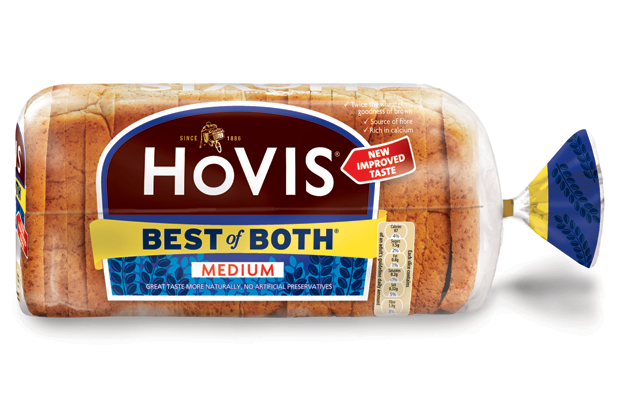Post-Christmas footfall figures remain low compared to pre-pandemic levels

The traditional post-Christmas retail spending habits of Northern Ireland consumers still haven’t returned to pre-pandemic levels, new figures have revealed.
The latest report from retail data firm, Springboard, shows that footfall in Northern Ireland shops was up by 5.1% in the week after Christmas, compared to the same period last year.
This was a weaker rate of footfall growth when compared to the UK as a whole, which was up 7.2%. Northern Ireland’s rate of increase was the second weakest, while seven out of 10 regions across the UK reported stronger shopper numbers.
However, when compared to the same post-Christmas shopping period in 2019, pre-pandemic and before the increased reliability on online shopping, footfall in Northern Ireland was down 22.5%.
When compared to the UK’s average rate of decline, which was 19.7%, NI’s was the second-worst rate of decline of all the UK regions.
KEY DATES FOR RETAIL
Marketing and Insights Director at Springboard, Diane Wehrle said: “Not surprisingly, footfall across UK retail destinations during the week of Christmas was significantly lower than in the week before that in the final trading week.
“Footfall was higher than in the same week last year, but not significantly, despite Christmas 2021 being overshadowed by Covid.
“A key factor here is the offset of Christmas which meant that [last] week began on Christmas Day – when footfall is at its lowest – whilst in 2021 the week began on Boxing Day when many stores were open and trading.
“What is significant – and what has been an emerging trend for several years – is that footfall on December 27th 2022 was higher than on Boxing Day.
“Furthermore, footfall rose further on the following two days peaking on December 29th, with the first decline from the day before occurring on December 30th, which then continued into New Year’s Eve.
“This demonstrates that whilst Boxing Day is somewhat of a marker in the annual retail calendar, the key dates for retail spending are now the subsequent days when consumers are likely to have completed visits with family and friends and have time to make trips out.”







